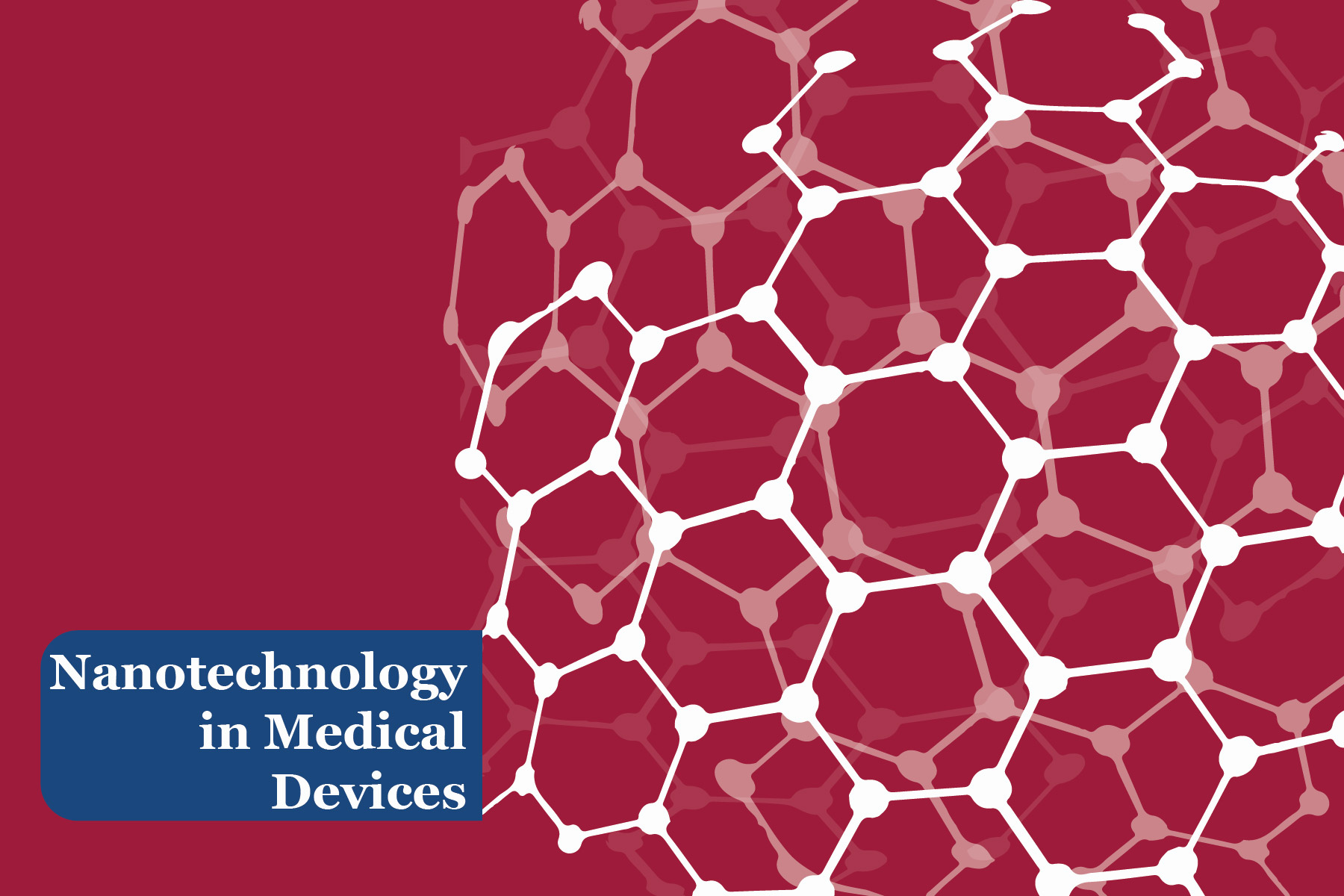Nanotechnology is the science of understanding, inventing, and controlling objects which are built in the scales of nanometers (one nanometer is one-billionth of a meter). Using Nanotechnology, manufacturers can compose components such as batteries, robots, or tools at a very small scale which may be later added to medical devices. With advanced scientific developments over a decade, Nanotechnology is proving itself to be useful in the healthcare domain including alternative drug production, cosmetic products, and medical devices. As, in such cases, human safety is the highest priority, these devices or applications which utilize Nanotechnology should be FDA compliant before they are marketed for use.
There is a massive array of applications that harvest the functionalities of Nanotechnology. An example of ongoing research is a 90-micron chip, smaller than a grain of sand, which is injected into a patient’s arm. It travels down to the distal fingertip and screens the blood for endothelial cells which indicate a preceding heart attack. This chip then sends this data to a server which is later showcased on the user’s phone app. One of the significant areas where Nanotechnology is used is the alternative drug generation or implantable drug delivery systems. These systems deliver small dosages of drugs regularly and are developed to be fully biocompatible so that they seamlessly integrate with body systems. Researchers at Multi-Scale Robotics Lab at ETH Zurich have developed tiny magnetically guided micro-bots (robots) which are designed to perform very precise eye surgeries and deploy specified amounts of drugs. Also, researchers from Harvard University have 3-d printed 1 mm-sized batteries which could be utilized for long term device availability (in terms of power) in biomedical sensors, implantable pacemakers, hearing aids, and skin-based monitoring devices.1
When it comes to regulating these applications and devices, FDA initially asks manufacturers to provide sufficient documentation on material dimensions (between 1-100 nm) and its properties proving that Nanotechnology has been employed for medical device development. Product properties are documented as the characteristics exhibited at such nanoscales can be different as compared to the characteristics exhibited at large scales. The documentation should also include sufficient product testing which indicates that the developed material meets the essential safety, quality, and efficiency levels and captures any existing potential hazards or risks. Not only the Nanotech-based material, but the entire application, tool, or device which uses Nanotechnology, should be documented, tested, and validated to capture and mitigate any existing hazards. Based on the device risk, the FDA may ask manufacturers to conduct clinical trials. If the FDA observes that the developed tool or application meets all the regulatory guidelines which involve essential levels of safety and quality, the FDA approves the device to be later labeled and marketed in the industry.2
To summarize, Nanotechnology is being extensively utilized in medical and health-related applications which is increasing the overall quality of patient care and enhancing health care services. Manufacturers must follow FDA guidelines while developing the Nanotech-based product, as it ensures that the developed medical device is qualified and safe enough to be released in the market. Do you have a Nanotechnology-based medical device that needs FDA approval? Our regulatory and software experts at EMMA International can help your medical device get FDA compliant. Contact us at 248-987-4497 or info@emmainternational.com for additional information.
1Zdrojewicz, Z., Waracki, M., Bugaj, B., Pypno, D., & Cabała, K. (October 2015). Medical applications of nanotechnology. Retrieved on 12/09/2020 from http://www.phmd.pl/api/files/view/116429.pdf
2FDA. (June 2018). Considering Whether an FDA-Regulated Product Involves the Application of Nanotechnology. Retrieved on 12/09/2020 from https://www.fda.gov/regulatory-information/search-fda-guidance-documents/considering-whether-fda-regulated-product-involves-application-nanotechnology.





